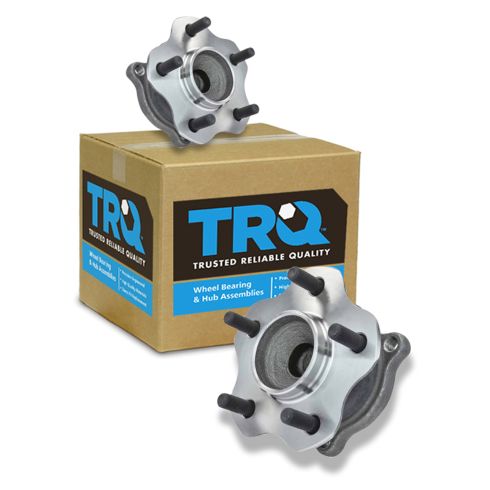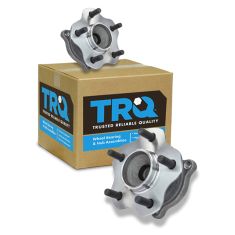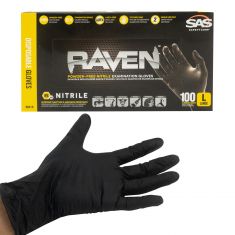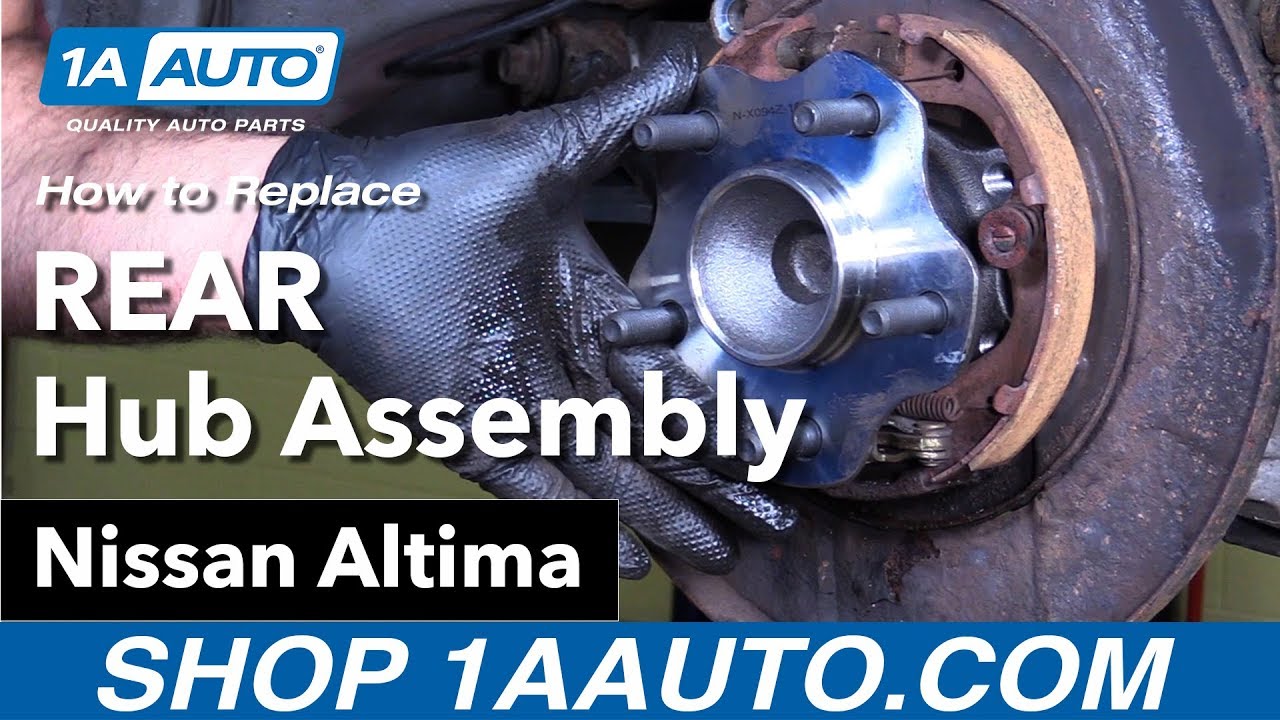1ASHS00396-2002-06 Nissan Altima Rear Driver & Passenger Side 2 Piece Wheel Bearing & Hub Assembly Set TRQ BHA53527

Replaces
2002 Nissan Altima Rear Driver & Passenger Side 2 Piece Wheel Bearing & Hub Assembly Set TRQ BHA53527

Frequently bought together
Product Reviews
Loading reviews
5.00/ 5.0
14
14 reviews
Recommended Replacement to OEM
July 11, 2017
The fit was good as was the quality. Easy to install. We will see how long they last.
SATISFIED
June 4, 2018
It was the right part and it worked perfectly. The instructional video made it very easy to take the old one off and put the new one on. IM A VERY PLEASED COSTOMER
Fixed my problem
December 15, 2018
Easy installation, reasonable price, would buy again
Awsome!!
February 26, 2019
Perfect fit. Very happy with the quality and shipping!!
Solved
April 21, 2019
Parts fixed the issues. Direct replacement
Altima 2005 rear wheel bearing hub
November 5, 2019
So far its good.car became more quiet.hope fully it will last long
Quiet!!!
April 6, 2020
These took the grinding noise right away! My ride home was super quiet after putting these on!
Excellent
July 27, 2020
Perfect fit. Car riding smooth again. Thank you
fast delivery
August 28, 2020
this is great place buy car parts
Recommended part for 06 Nissan Altima
October 12, 2021
They worked well and lasted long until I no longer needed the car.
Works great!
March 24, 2022
Fit perfectly. Arrived fast.
I would definitely recommend..
July 26, 2023
Fast service
February 6, 2024
Good fit and simple install for great price
March 9, 2024
Excellent products
Customer Q&A
2 different options here. Which one fits 05 Altima se 3.5 ??
July 8, 2024
10
I ran into this with my 2005 Altima S 2.5. If your Altima has ABS brakes, you need the more expensive set. The hubs have extra maching operations to accommodate the ABS wheel sensors. Your SE likely has ABS brakes, my S does not.
July 9, 2024
Frederick M
10
This kit, BHA53527, is for models without ABS and the kit we offer under part number BHA53552 is for models with ABS.
July 9, 2024
Jessica D
Nissan is a registered trademark of Nissan Motor Co., Ltd. 1A Auto is not affiliated with or sponsored by Nissan or Nissan Motor Co., Ltd.
See all trademarks.











